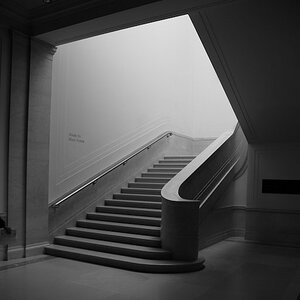hfocal
TPF Noob!
- Joined
- May 4, 2016
- Messages
- 40
- Reaction score
- 1
- Can others edit my Photos
- Photos NOT OK to edit
Hi Folks,
So since upgrading from Olympus E500 to Nikon D7200 about a month ago, I did my first event shoot, Christmas Party for an insurance company. Close to 60 people attended so it wasn't so stressful. I have done my prep which included Gear checklists, Pre-Shoot, Principal Shoot, and Post Processing Workflow Checklists, and lastly a detailed SHOT LIST.
At the event, well it seemed like a long day because the worst that (maybe) could ever happen to any photographer, forgetting the main equipment (THE CAMERA), happened. Everything else but not the camera. Long story short, It was alright because it was a TFP (verbal) agreement. My friend who told me about the event had the car, I drove back and forth to get the camera (25mins each time). They couldn't really expect much but...
Takeaways for myself and anyone who can use any:
-Even if it's a non-paid project, ALWAYS ALWAYS perform like you're getting paid 10,000 bucks! There's no excuse! you'll only be downplaying your business, not theirs! This happened to me cause... see below.
-Take a rest before shoots. I didn't quite get to do that cause my sleep in the last few days have been irregular so next time make sure that when you take on any project, there's room for rest beforehand. Never ever underestimate the power of sleep! It's that or lack of organization and stress management.
-Never forget about the checklists, guidelines, and props. I ended up not using them at the event because again, the above. They're there for coverage and to make it organized and more fun for everyone. One can easily be overwhelmed with the flow of a large group.
-At the shoot, IT'S OKAY TO CHIMP a lot - as a beginner anyway until you perfect your shoot. I didn't do this enough because I actually told myself beforehand not to. But when I got home and started looking at some of the photos, a group photo has a girl's chin and one side of her lips covered by a small christmas tree that's on every table. Luck and skill that the exposure is good and most of her face is visible so it'll be easy for me to fix at Post. Still, better to do everything almost flawless in-camera.
-Don't forget to take a few seconds inspecting how the background looks whether while subjects are getting themselves together or posed, solo or group, and after you took the shot. Again, GO CHIMPING but don't be too long, know what mistake you need to look for! Don't be shy/afraid to Shoot atleast two more after the first. Your subjects actually appreciate it when you take your time to make them and their environment look good. Make a list of potential mistakes if you have to and memorize them one by one til you remember them by heart.
-Be okay. I mean.... BE VERY COMFORTABLE WITH MAKING MISTAKES. If people notice that you're not confident, it will show. To me, it helped when I told people that I was new but I decided beforehand that I won't bother them with details. Some folks were noticing some mistakes (overexposed foreground) but I would also tell them what I can do with them at POST and they accept it. As long as you don't take them personally (which I bet is hard for a lot of us but a rapport with them right at the start can be very helpful), everyone's happy. I would also ask them for feedback and I got suggestions. It just felt so good when people react to you that way and it becomes a ripple effect, I started with a low confidence level cause of what went down at the beginning but it was back up midway.
-Don't be afraid to ask every single one to take a photo of them. You have the camera, you are the photographer, and they'll either say YES or NO. Most of the times YES except for the server who's like me and rather be behind the curtains. lol in that case, you win with most people in your shots given that atleast 2 photos of each look good. Get to know the mood of every individual and match them or just do it, ask and shoot or as one professional photographer would say along the lines of 'Shoot and apologize later.' I thought I was gonna be turned down by two who seemed evasive but they ended up being well-posed. You just never know who will surprise you!
Now to Questions:
-Would you use a contract even if it's a TFP setup? And why?
-What size would you send the pictures at?
- Color Profile? In my case, my understanding anyway is if it's only for their site or social media, just give them sRGB. My camera setting is at AdobeRGB. So I guess at processing I can change it to sRGB and it'll be exported that way? I don't really understand the right process with this much. Should I shoot at sRGB. What problem can I expect if I did it either way?
That's it for now. Appreciate it =)
So since upgrading from Olympus E500 to Nikon D7200 about a month ago, I did my first event shoot, Christmas Party for an insurance company. Close to 60 people attended so it wasn't so stressful. I have done my prep which included Gear checklists, Pre-Shoot, Principal Shoot, and Post Processing Workflow Checklists, and lastly a detailed SHOT LIST.
At the event, well it seemed like a long day because the worst that (maybe) could ever happen to any photographer, forgetting the main equipment (THE CAMERA), happened. Everything else but not the camera. Long story short, It was alright because it was a TFP (verbal) agreement. My friend who told me about the event had the car, I drove back and forth to get the camera (25mins each time). They couldn't really expect much but...
Takeaways for myself and anyone who can use any:
-Even if it's a non-paid project, ALWAYS ALWAYS perform like you're getting paid 10,000 bucks! There's no excuse! you'll only be downplaying your business, not theirs! This happened to me cause... see below.
-Take a rest before shoots. I didn't quite get to do that cause my sleep in the last few days have been irregular so next time make sure that when you take on any project, there's room for rest beforehand. Never ever underestimate the power of sleep! It's that or lack of organization and stress management.
-Never forget about the checklists, guidelines, and props. I ended up not using them at the event because again, the above. They're there for coverage and to make it organized and more fun for everyone. One can easily be overwhelmed with the flow of a large group.
-At the shoot, IT'S OKAY TO CHIMP a lot - as a beginner anyway until you perfect your shoot. I didn't do this enough because I actually told myself beforehand not to. But when I got home and started looking at some of the photos, a group photo has a girl's chin and one side of her lips covered by a small christmas tree that's on every table. Luck and skill that the exposure is good and most of her face is visible so it'll be easy for me to fix at Post. Still, better to do everything almost flawless in-camera.
-Don't forget to take a few seconds inspecting how the background looks whether while subjects are getting themselves together or posed, solo or group, and after you took the shot. Again, GO CHIMPING but don't be too long, know what mistake you need to look for! Don't be shy/afraid to Shoot atleast two more after the first. Your subjects actually appreciate it when you take your time to make them and their environment look good. Make a list of potential mistakes if you have to and memorize them one by one til you remember them by heart.
-Be okay. I mean.... BE VERY COMFORTABLE WITH MAKING MISTAKES. If people notice that you're not confident, it will show. To me, it helped when I told people that I was new but I decided beforehand that I won't bother them with details. Some folks were noticing some mistakes (overexposed foreground) but I would also tell them what I can do with them at POST and they accept it. As long as you don't take them personally (which I bet is hard for a lot of us but a rapport with them right at the start can be very helpful), everyone's happy. I would also ask them for feedback and I got suggestions. It just felt so good when people react to you that way and it becomes a ripple effect, I started with a low confidence level cause of what went down at the beginning but it was back up midway.
-Don't be afraid to ask every single one to take a photo of them. You have the camera, you are the photographer, and they'll either say YES or NO. Most of the times YES except for the server who's like me and rather be behind the curtains. lol in that case, you win with most people in your shots given that atleast 2 photos of each look good. Get to know the mood of every individual and match them or just do it, ask and shoot or as one professional photographer would say along the lines of 'Shoot and apologize later.' I thought I was gonna be turned down by two who seemed evasive but they ended up being well-posed. You just never know who will surprise you!
Now to Questions:
-Would you use a contract even if it's a TFP setup? And why?
-What size would you send the pictures at?
- Color Profile? In my case, my understanding anyway is if it's only for their site or social media, just give them sRGB. My camera setting is at AdobeRGB. So I guess at processing I can change it to sRGB and it'll be exported that way? I don't really understand the right process with this much. Should I shoot at sRGB. What problem can I expect if I did it either way?
That's it for now. Appreciate it =)
Last edited:



![[No title]](/data/xfmg/thumbnail/35/35967-ee5e7220e6f5cbd7d70fb99fe8ce5038.jpg?1619737285)

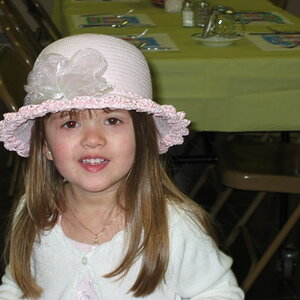
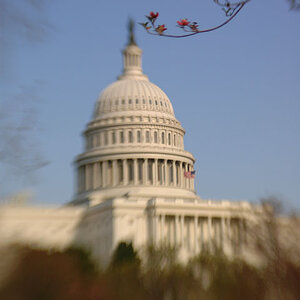


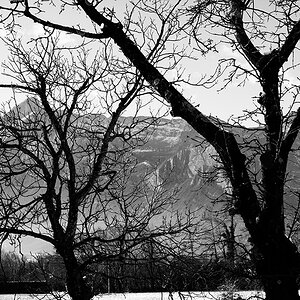
![[No title]](/data/xfmg/thumbnail/34/34115-73b827c6a6db1413dcead11e4caaae69.jpg?1619736285)
![[No title]](/data/xfmg/thumbnail/34/34116-b81991a4a8a532509a981cadbacd573c.jpg?1619736286)
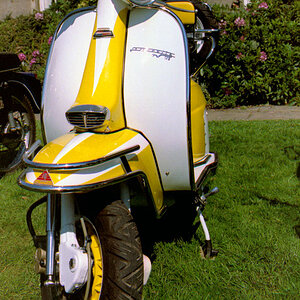
![[No title]](/data/xfmg/thumbnail/34/34117-1b7262554b31c443fa8f93830807c578.jpg?1619736287)
